Brief Samples
-

PR Brief
download now -

Financial Policy Brief
download now -

Graphic Design Brief
download now -
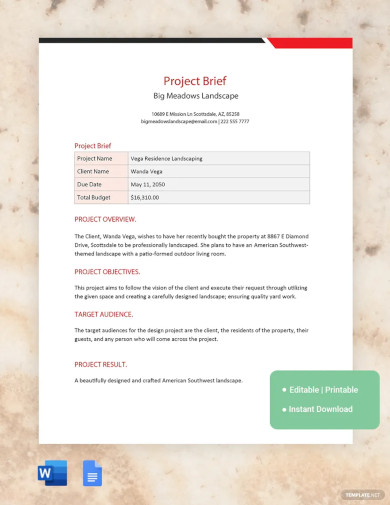
Project Brief Template
download now -
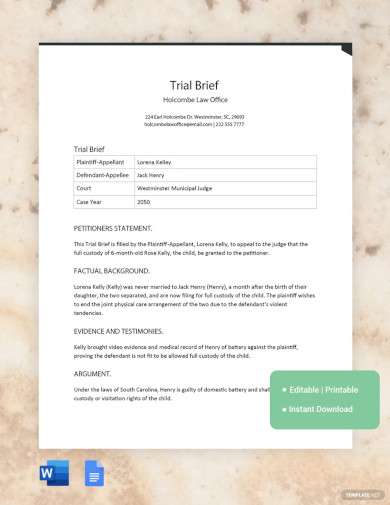
Trial Brief Template
download now -
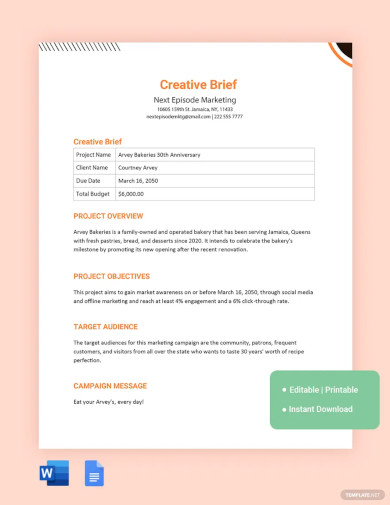
Creative Brief Template
download now -
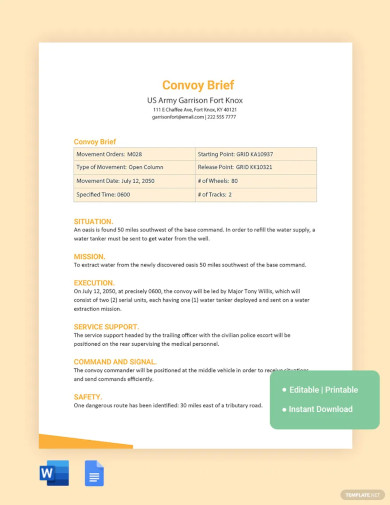
Convoy Brief Template
download now -
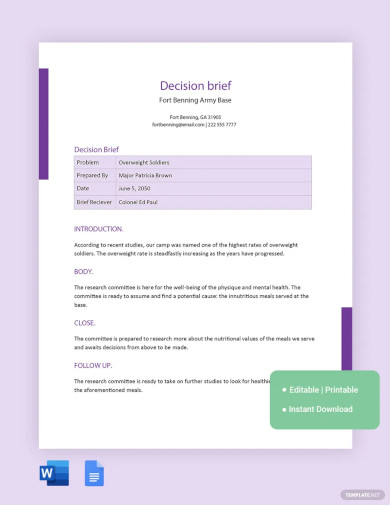
Decision brief template
download now -
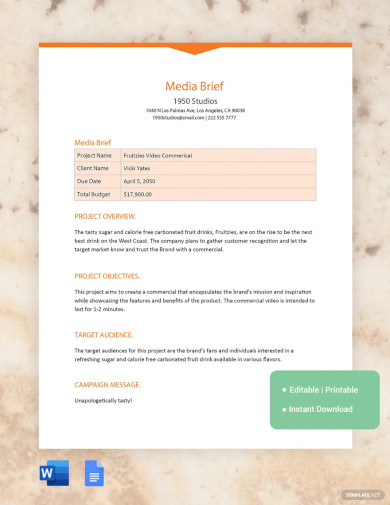
Media Brief Template
download now -
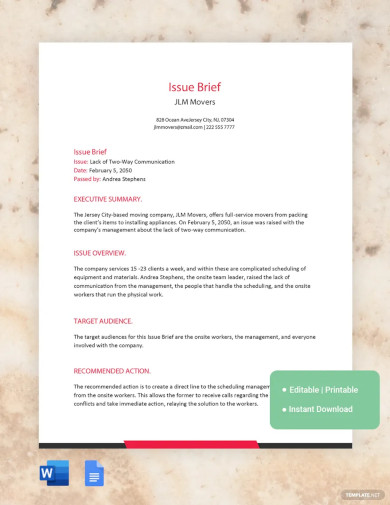
Issue Brief Template
download now -

Hiring Brief Template
download now -
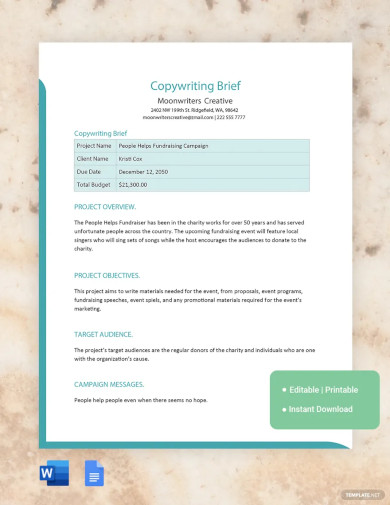
Copywriting Brief Template
download now -
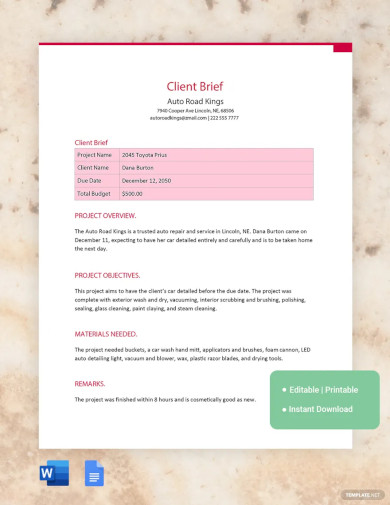
Client Brief Template
download now -
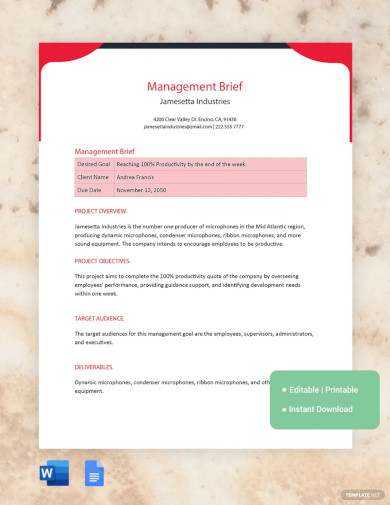
Management Brief Template
download now -
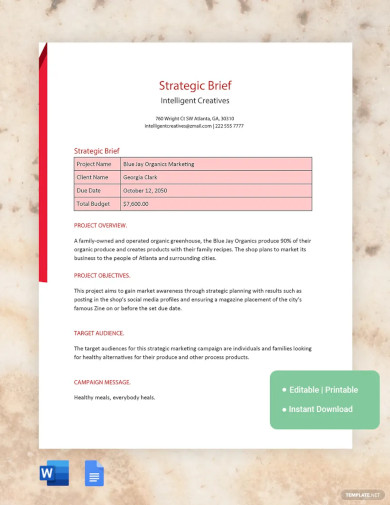
Strategic Brief Template
download now -
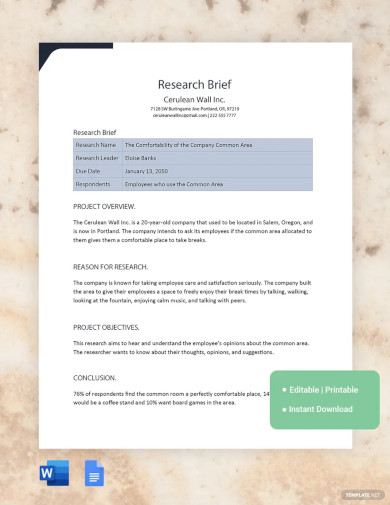
Research Brief Template
download now -
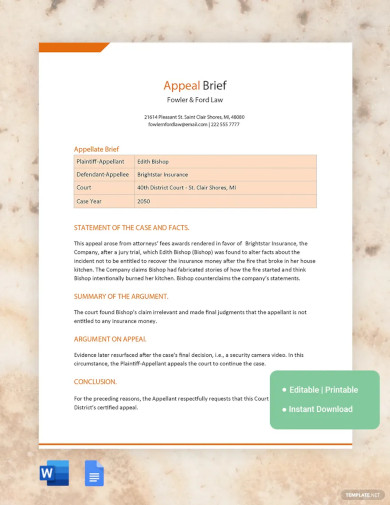
Appeal Brief Template
download now -
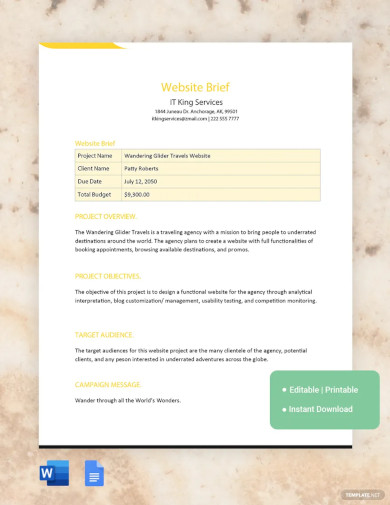
Website Brief Template
download now -
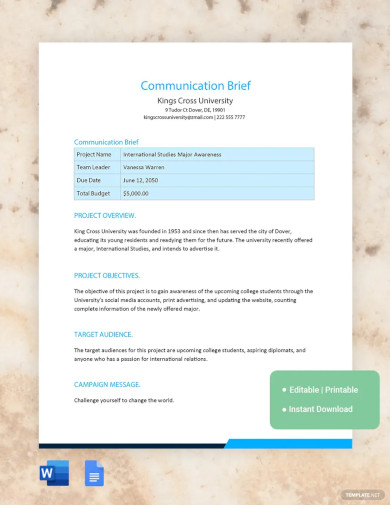
Communication Brief Template
download now -
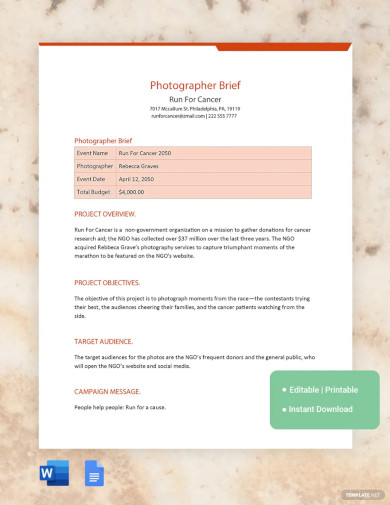
Photographer Brief Template
download now -
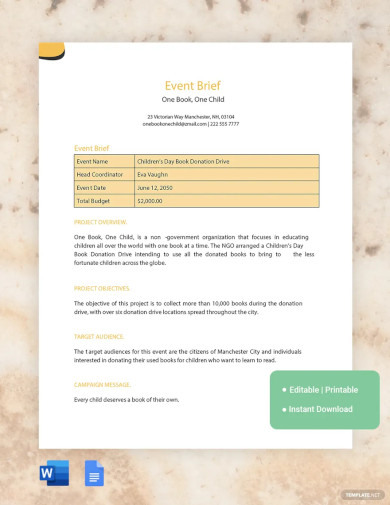
Event Brief Template
download now -
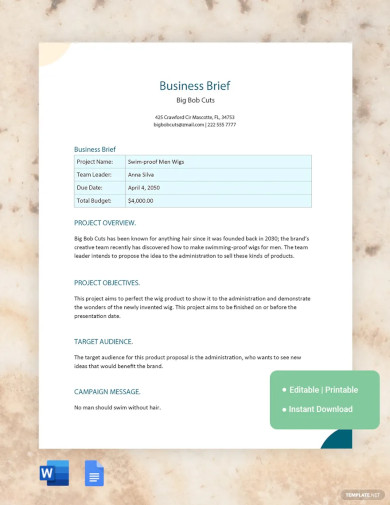
Business Brief Template
download now -
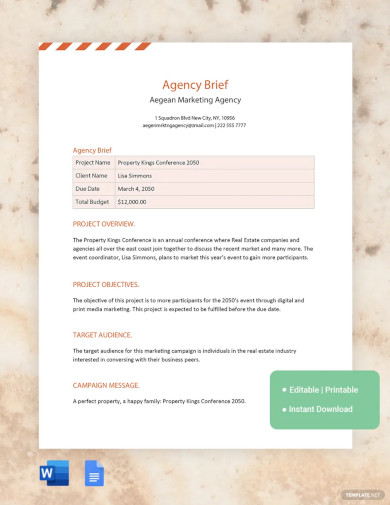
Agency Brief Template
download now -
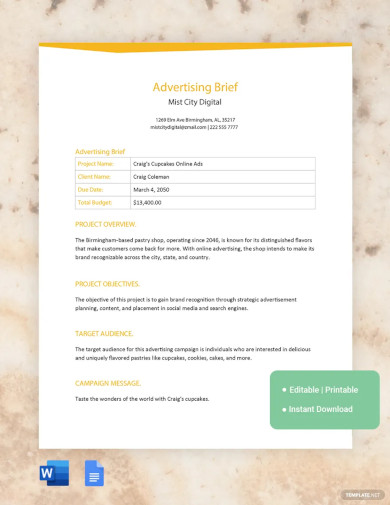
Advertising Brief Template
download now -
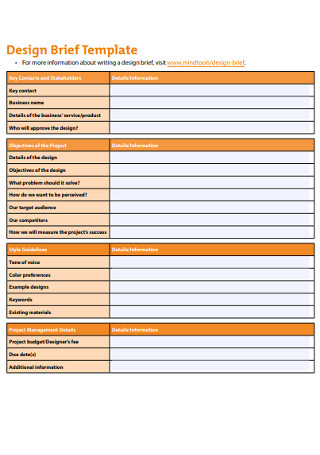
Branding Design Brief
download now -
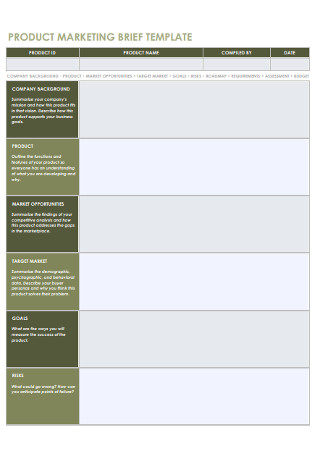
Product Marketing Brief
download now -

Sample Website Brief
download now -
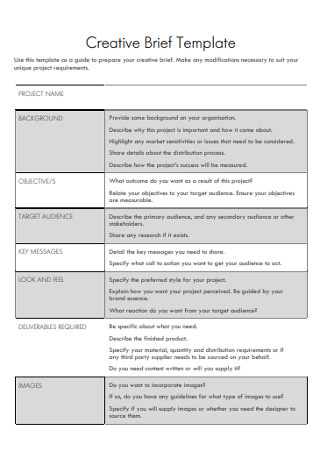
Business Creative Brief
download now -

Content Marketing Brief Proposal
download now -
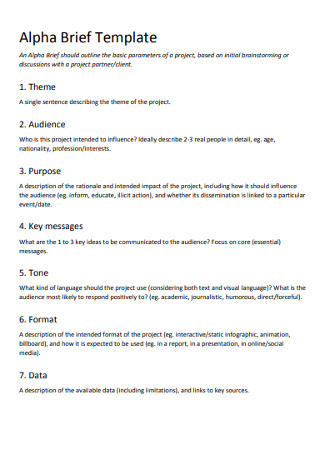
Alpha Brief Case Study
download now -
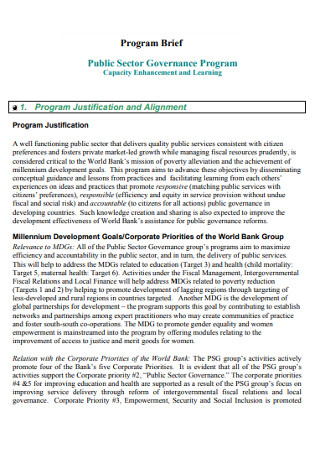
Social Media Program Brief
download now -
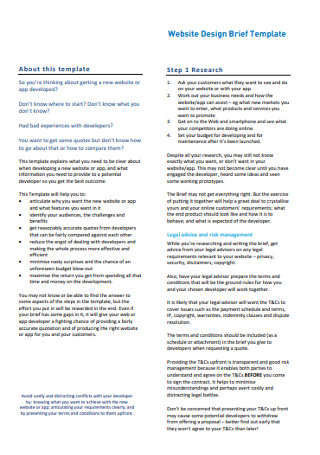
Photography Website Design Brief
download now -
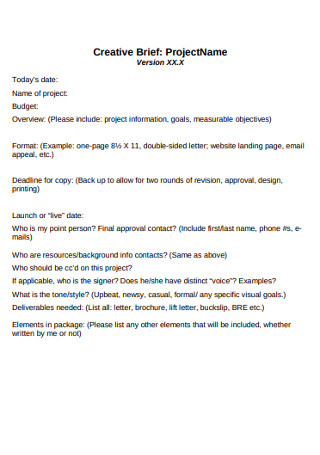
Web Design Project Creative Brief
download now -

Influencer Management Brief
download now -
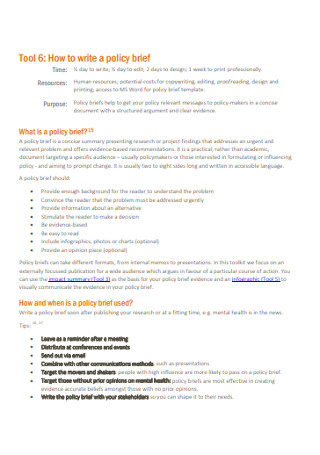
Digital Marketing Policy Brief
download now -
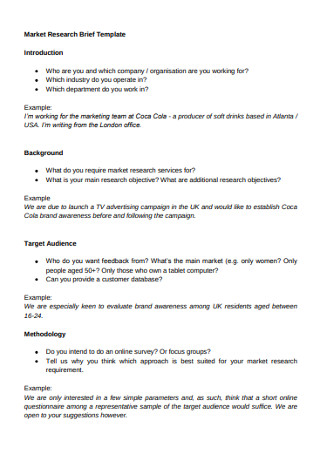
Market Brand Campaign Research Brief
download now -
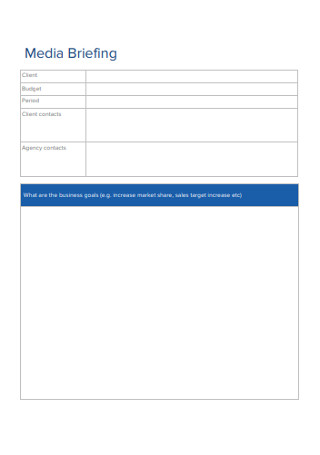
Professional Brief Form
download now -
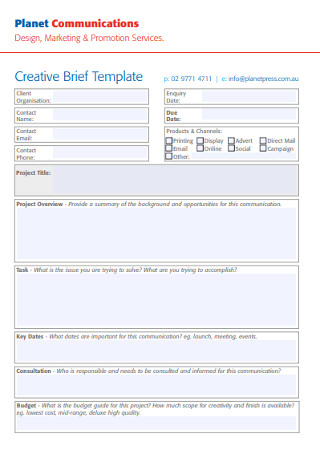
Design Creative Strategy Brief
download now -
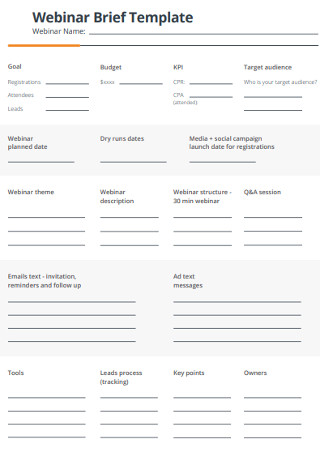
Webinar Back Brief
download now -
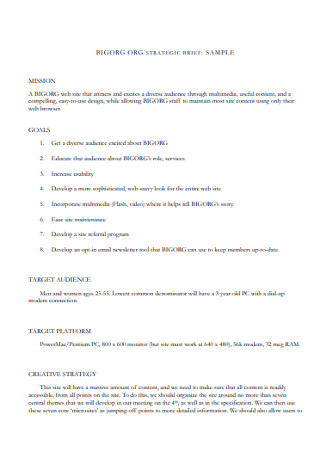
Sample Strategic Bio Brief
download now -

Sample Project Brief
download now -
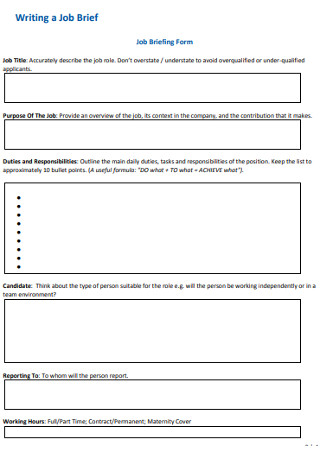
Job Brief Form
download now -
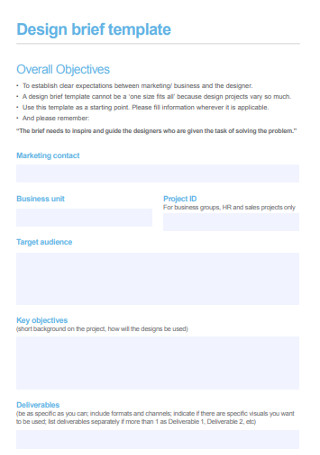
Basic Design Brief
download now -
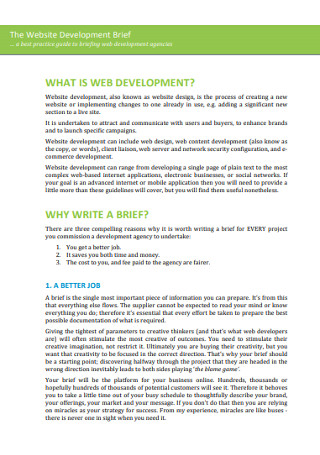
Website Deveploment Brief
download now -
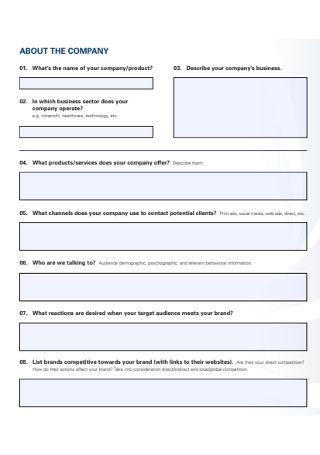
Company Brief
download now -
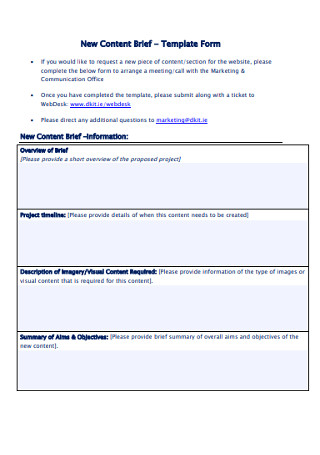
New Content Brief Form
download now -
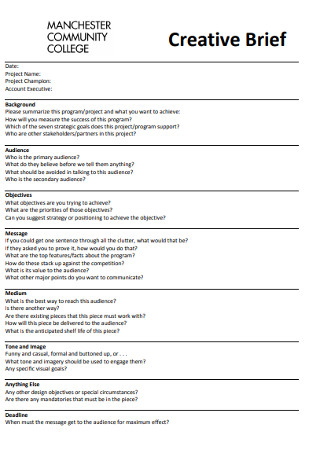
College Creative Brief
download now -
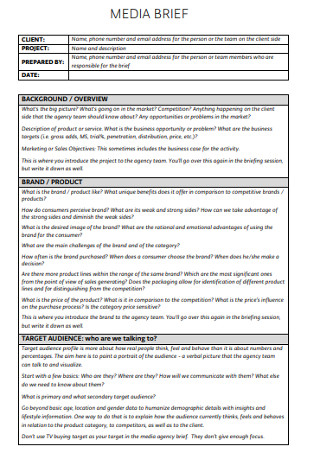
Sample Media Brief
download now -
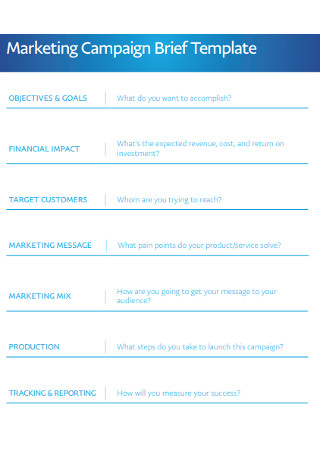
Marketing Campaign Brief
download now -
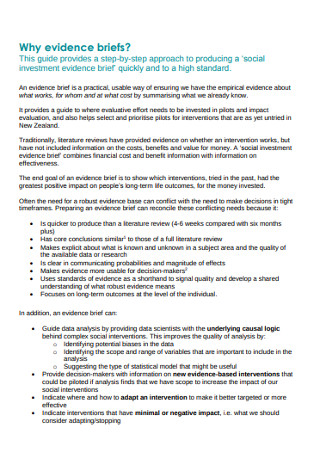
Evidence Brief
download now -
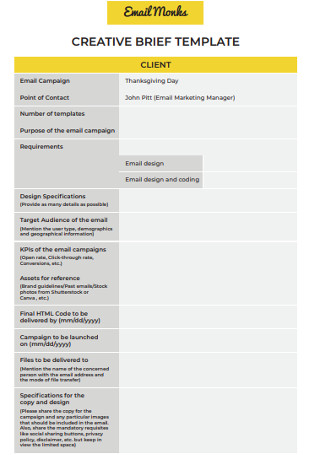
Email Creative Brief
download now -
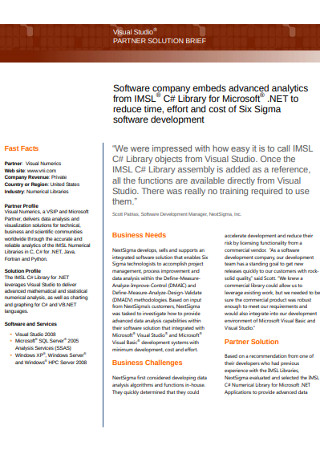
Partner Solution Brief
download now -
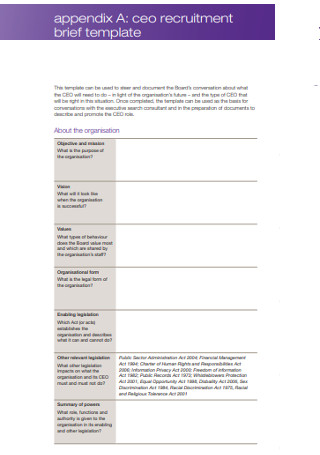
Recruitment Brief
download now -

Copywriting Brief
download now -
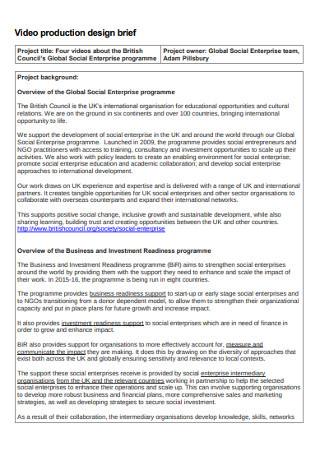
Video Production Design Brief
download now -
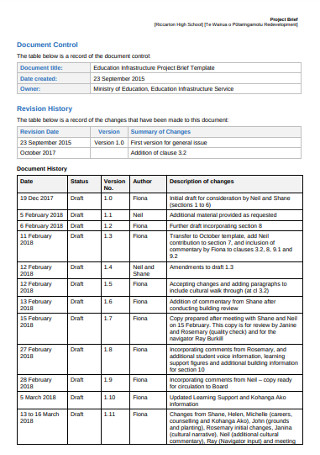
Education Project Brief
download now -
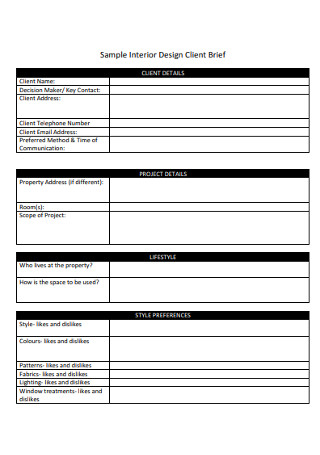
Sample Interior Design Client Brief
download now -
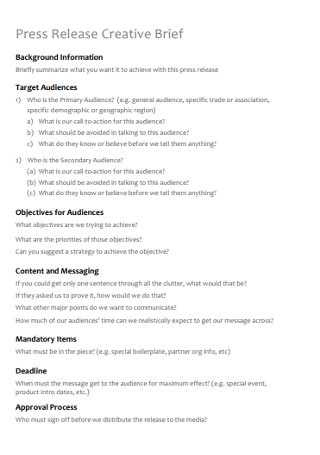
Press Release Creative Brief
download now -
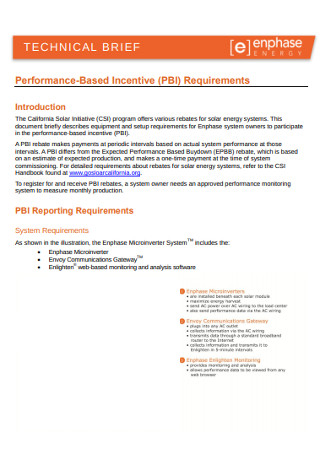
Technical Brief
download now -
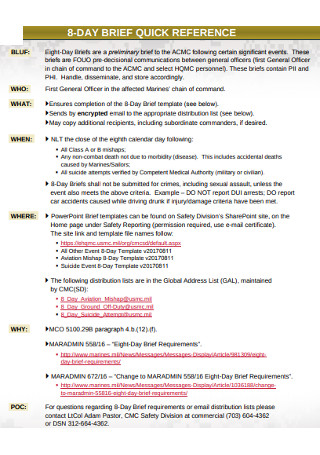
Sample Day Brief
download now -
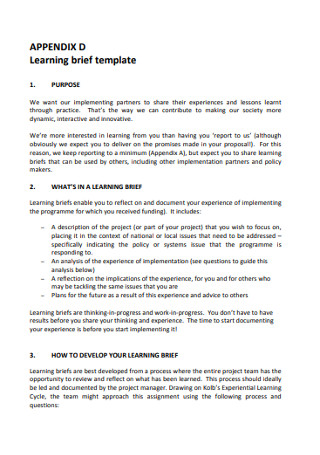
Learning Brief
download now -
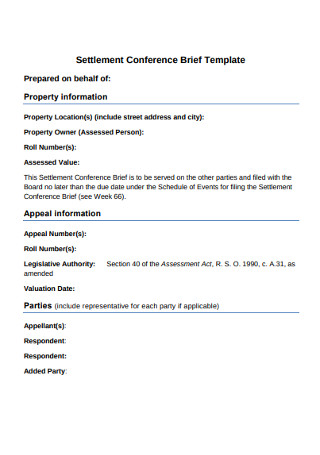
Settlement Conference Brief Template
download now -
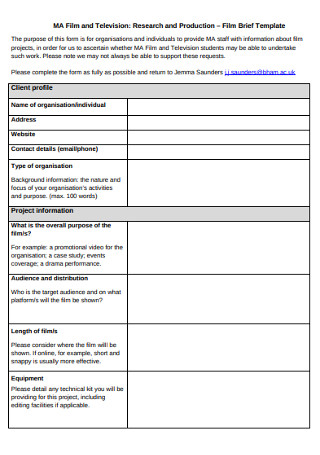
Film Brief
download now -

Communication Brief
download now -

Event Brief
download now -
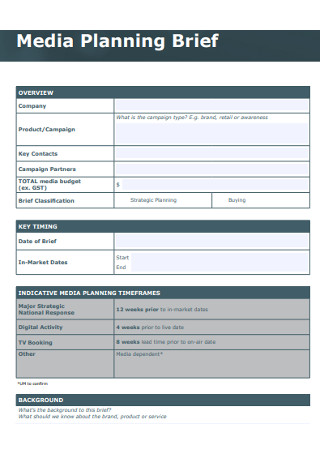
Media Planning Brief
download now -
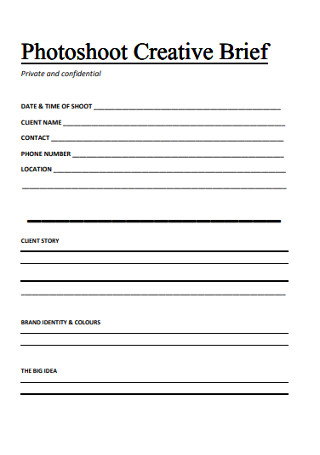
Photoshoot Creative Brief
download now -
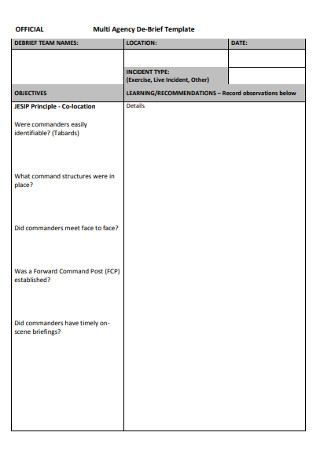
Multi Agency De-Brief
download now -
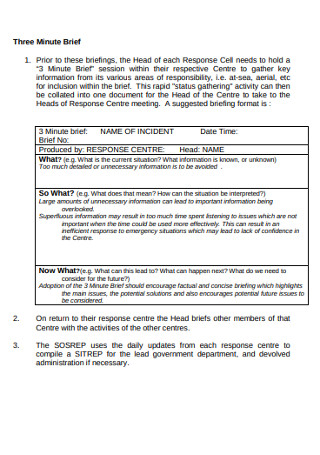
Three Minute Brief
download now -
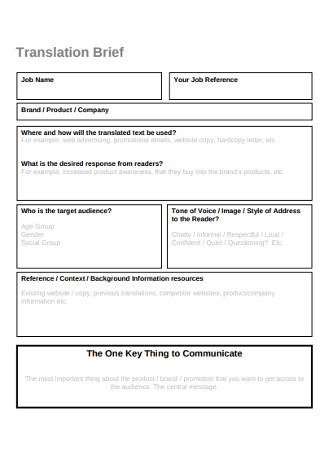
Sample Translation Brief
download now -
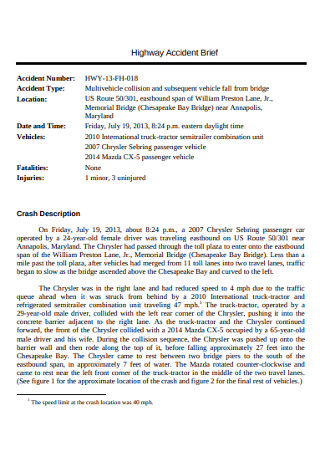
Highway Accident Brief
download now -

One Minute Crisis Brief
download now -
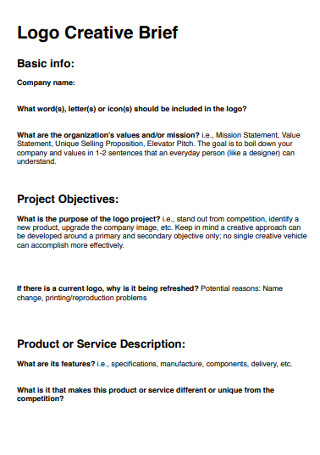
Logo Creative Brief
download now -

Sample Research Brief
download now -
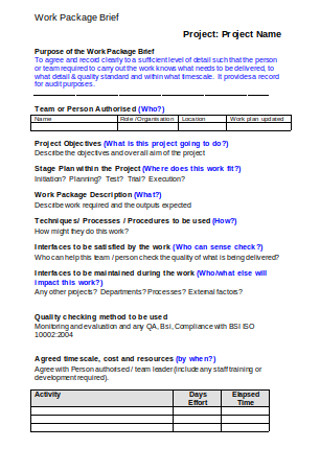
Work Package Brief
download now -
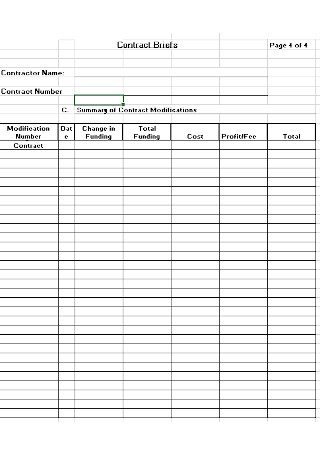
Contract Brief Form
download now
FREE Brief s to Download
Brief Format
Brief Samples
What is a Brief?
Why Make Use of a Brief?
Basic Building Blocks of a Brief
What Are the Variations of Briefs?
How Do You Build a Basic Brief Document?
FAQS
How does a creative brief differ from a design brief?
What are the common mistakes to avoid when creating a brief?
How can a project manager ensure that a brief is effective?
How often should a brief be updated during a project?

Brief Format
A brief format is a concise and structured layout for presenting essential information. It is commonly used in reports, memos, summaries, or proposals. Here’s a general structure of a brief format:
1. Title/Heading
- The main subject or topic of the brief.
- Should be clear, specific, and attention-grabbing.
2. Objective/Purpose
- Clearly state the goal or purpose of the brief.
- Explains why the brief is being prepared and what it aims to achieve.
3. Key Points/Executive Summary
- A short summary of the essential points.
- Focuses on the most critical information (usually 3-5 key points).
4. Background/Context
- Provides the necessary context or background information.
- Explains the situation, issue, or problem being addressed.
5. Analysis/Discussion
- Detailed discussion of the issue or problem.
- Includes key findings, relevant data, and evidence to support claims.
6. Recommendations/Solutions
- Proposes solutions, actions, or next steps.
- Should be specific, actionable, and feasible.
7. Conclusion
- Brief summary of the key takeaways.
- Restates the importance of the issue and the proposed action.
8. Call to Action (Optional)
- Encourages the reader to take specific action, such as making a decision, approving a request, or taking next steps.
9. Attachments/References (Optional)
- Any additional materials, documents, or references that support the brief.
What is a Brief?
A brief is a type of document used in various ways across various professions. Briefs are excellent tools used in addressing issues formally and in summarizing multiple topics, subjects, and concerns in a format that is is easy to comprehend and deal with. Often structured in an outline format, they are also helpful in providing and filling in information regarding issues or topics that anyone, even with a quick skim and scan, can comprehend and get a grasp. You can also see more on Brand Brief.
From the term itself, you would know that briefs are written clearly and concisely. It should be able to successfully breakdown any complex information into a compact and comprehensive structure that is easy for anyone to understand. Briefs are used in various industries in the corporate world. This includes the various departments of a company such as marketing and sample sales.
Additionally, briefs usually come as a one-page document or two. But regardless of its length, it should always contain the vital information needed to carry out a call to action.
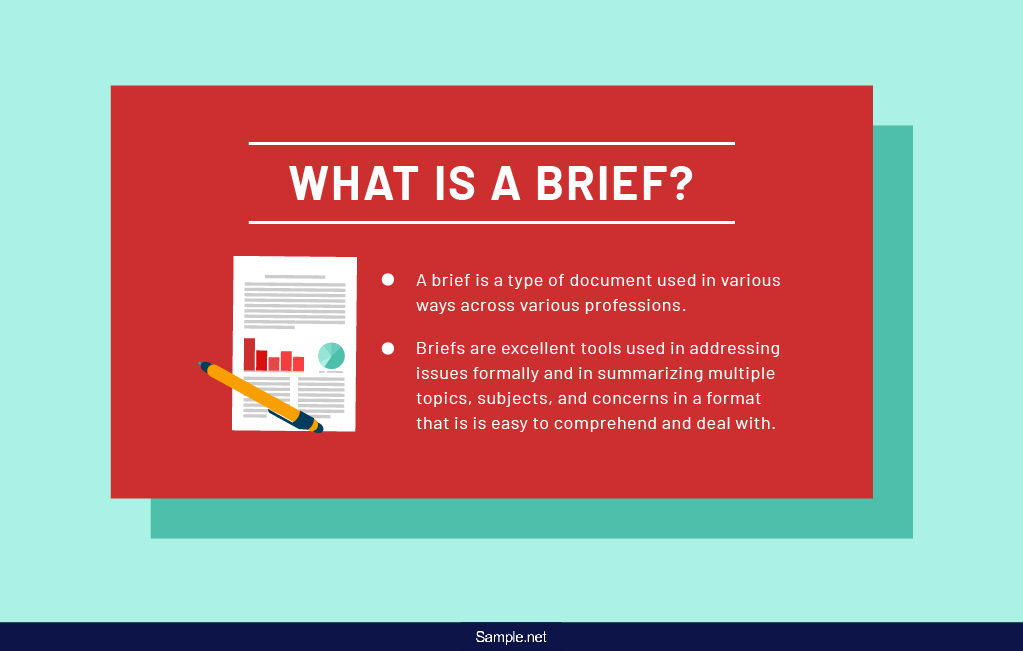
Why Make Use of a Brief?
An expertly written brief can be beneficial to every project coordination to identify and steer clear of the possible barriers halfway during the process. It is also instrumental in the rapid but smooth progress of most project development processes. Most importantly, a well-written and straightforward brief sets the objectives and goals of any undertaking as well as the gameplan geared toward its achievement.
Basic Building Blocks of a Brief
As mentioned, briefs are used in various ways across various professions, and this should mean that briefs come in varying formats and structures to suit different purposes. However, all types of briefs come with some elements that are commonly found in one type to another. Regardless of your purpose in making a brief, ensure that it includes the major parts which are discussed below.
What Are the Variations of Briefs?
Briefs come in various types as it is dependent on the nature of the project or undertaking you’re currently dealing with. There are briefs used for marketing efforts and there are also briefs used solely in the legal field. There might be minimal differences among the various brief types, but it is still essential to know the specific type of brief needed for the purpose you have in mind. To give you an idea of what kind of brief document to use, here are some of the variations of brief documents that you should know about to help you figure out the best type of brief for your needs.
Creative Brief
For projects that demand every creative sample strategy that your team can possibly think of, a creative brief is all you need. This type of brief document is especially helpful if there is a need to discuss branding or rebranding, promotional campaigns, design conceptualization, and the like. With the help of a creative brief, it will also be possible for you to carefully document your plans on how you can gain the interest of your target market. Whatever problems you go through in your project that require a creative strategy, you can never go wrong when you make use of a creative brief.
Design Brief
Involved in a design project? A design brief is ideal to use, whether you work alone or with a team. It does not only help you with your clients, but it can also help in the process of outlining the entire scope of your project as well as the needed deliverables. Keeping a design brief throughout the design process as a whole is instrumental in determining the objectives and goals of the design project, the budget and the schedule set by the client, the target audience, and the style or look that you and your client want to achieve as discussed.
Legal Brief
When used for legal matters, a legal brief is needed in summarizing a case or in laying out an argument. A standard legal brief includes an introduction that states the claims of the party and the theory of the case, a table of authorities, the statement of facts that outline the factual elements used by the court, the arguments that addresses the legal questions, and a conclusion that sums up the major points of the case. Writing a clear legal brief is highly essential, especially that there were around 93% of attorneys and judges read briefs that contain fundamental writing problems such as the lack of focal point, undeveloped theme or theory, and lack of persuasive elements.
Marketing Brief
For your marketing campaign efforts, a marketing brief is all that you need. With this type of brief, you can conveniently outline the marketing strategies you have come up with. It also serves as a game plan that will make it easier for you to achieve your marketing goals. A marketing brief will keep your team on the same page and will also help in speeding up the completion of any project at hand. Even if you came up with an excellent marketing campaign, you could make the most out of it having a marketing brief that can give a bird’s eye view of the things that you need to accomplish for the success of all your marketing efforts.
Writing a marketing brief shouldn’t be taken lightly as there are people who depend on it to perform their jobs well. A survey on marketing brief reports that 19% of the C-level agency leaders worldwide found a problem in the marketing assignment brief. Even if they encountered completed briefs, it lacks quality since some of them were written without a clear focus. And when they encountered incomplete briefs, it was also written with inconsistent content.
Project Brief
If you want to deal with your current project’s technicalities up close, it is highly suggested that you make use of a project brief. Project briefs are vital tools that can assist you in dealing with the technicalities of your project, such as the scope, time, budget, timetables, deliverables, and so on. Now that you can keep track of your technicalities, it will now then be easy for you to ensure that every individual involved in the project’s undertakings are aware of how the processes will be carried out. You can also see more on Policy Brief.
Website Brief
Do you run a digital agency that mainly creates websites or even manages website content? Be able to encapsulate your clients’ needs and goals in a single place with the use of a website brief. Creating websites can be tricky, and it can require a lot of work. You need to collaborate with other people other than your clients, such as web copywriters, web designers and developers, and other creative teams. Other than the design of your website, you also need to make sure that it is optimized well for your target users or visitors. You also need to mind the competitors of your clients as well as your clients’ needs. Using a website brief will not only make things easier for you to manage, but it will also be possible for you to achieve progress and success with your current website project.
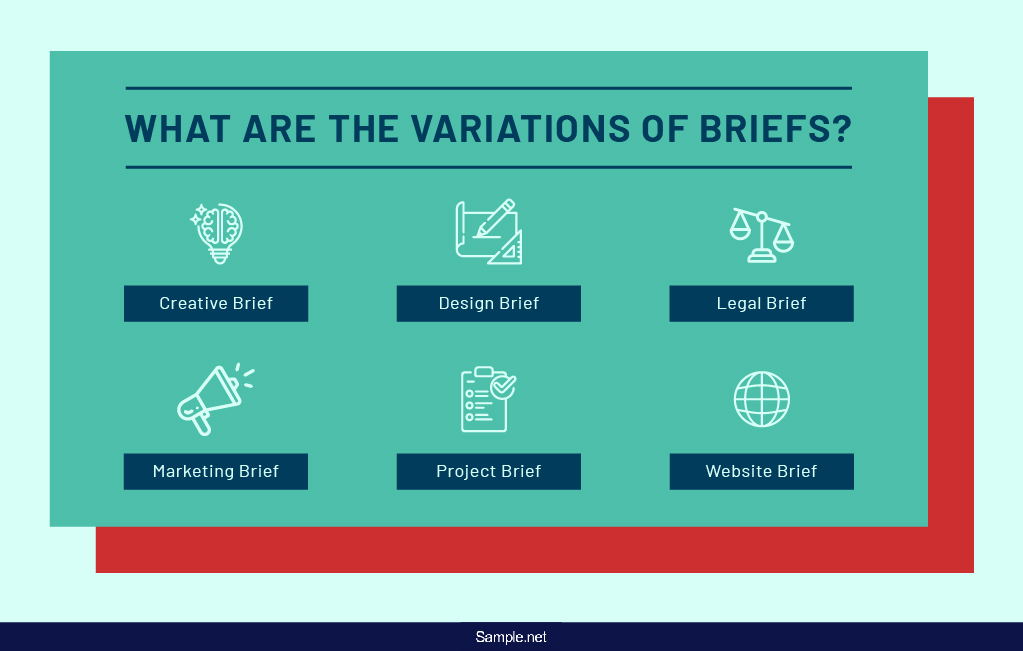
How Do You Build a Basic Brief Document?
For first-timers or those with limited experiences, building a brief may be tricky and challenging. Even if you already know what elements and sections to include, the actual writing may be a tough task for you. But worry no more as we provide easy-to-follow tips that will surely guide you through the process of coming up with an essential brief.
1. Determine the Purpose of the Brief Document
Right before you start writing the contents of your brief, you must determine the purpose of writing one in the first place. The objective should be able to give out a clear explanation as to why the project needs to be carried out or why an issue exists. Upon determining the purpose of your brief, keep in mind your target readers or audience, the actions or decisions required, and the benefits the reader can get from reading the brief. You can also see more on Brief Research Statement.
2. Decide the Right Style and Structure
As mentioned, there are various types of briefs that are used across various professions. And because of this, the style and structure of your brief will depend on your purpose. If you have followed through the first guideline mentioned, it will no longer be extra difficult for you to know the sections that should go into your brief content proper.
3. Keep Your Brief Simple and Comprehensive
From the term itself, you can immediately understand that a brief should be concise, clear, and comprehensive enough for the target audience to read and understand. In fact, one-page briefs are much preferred by many, as it contains contents that directly discuss the project or the issue at hand. You can also see more on Case Brief.
4. Incorporate Reliable and Factual Information
When you write a brief, always make it a point that you write accurate and factual information so that your target audience can rely on it. The rest of your teammates who are working with you on a project would definitely rely on what you have written on the brief. You might also find that most of their decisions are based on what they read from it. Can you now imagine what would happen if you carelessly write a brief that is void of valid information?
5. Proofread and Edit Your Brief Document
Once you have written a draft of your brief document, see to it that you proofread and edit it first before you disseminate and present it. Take a break first before you start checking your document so you can view it with a new perspective. Or better yet, ask someone who can read over the document for you. Aside from looking out for any possible grammatical mistakes and spelling errors, be sure also to check its format and the accuracy of the contents you incorporated. You can also double-check whether your sample document has successfully discussed the project or briefly addressed the issues in a concise manner.
Meeting goals and handling collaborations, projects, and issues are best to deal with if you have a brief document in hand. Since it serves as a roadmap that guides you to the achievement of your goals, rest assured that keeping a brief throughout all your business undertakings will do you and even your team a great favor rather than a hassle.
FAQS
How does a creative brief differ from a design brief?
A creative brief focuses on marketing campaigns and outlines the message, tone, and creative direction. A design brief, on the other hand, is more focused on specific design elements, such as product or graphic design requirements, client preferences, and technical specifications. You can also see more on Paper Outline.
What are the common mistakes to avoid when creating a brief?
Common mistakes include failing to define objectives, ignoring the role of stakeholders, providing incomplete information, and setting unrealistic deadlines. These errors can lead to misalignment and missed deadlines.
How can a project manager ensure that a brief is effective?
A project manager can ensure an effective brief by clearly defining objectives, outlining deliverables, establishing a timeline, and engaging stakeholders for feedback. Regular review and updates are also essential for relevance. You can also see more on Literature Review Outline.
How often should a brief be updated during a project?
A brief should be updated whenever there are significant changes in scope, goals, deadlines, or stakeholder involvement. Keeping the brief up-to-date prevents confusion and miscommunication within the team. You can also see more on Novel Outline.
